Pictures:
Details:
The SI-22G is a highly sensitive hard beta and gamma radiation detector tube, made in USSR during the 80’s for the Soviet Military Needs by the Soviet Institute for Scientific Radiation Technology Research.
Notes on sensitivity:
This is a highly sensitive tube, thanks to its cathode material and relatively large size. It is perfect for monitoring equipment and DIY dosimeters, superior to the SBM-20 in this sense. The following chart shows the average of the background readings over a period of 24 hours and each point in the chart was computed using another average of 60 independent, consecutive measurements. The dosimeter used to take the measurements has 1 minute resolution.
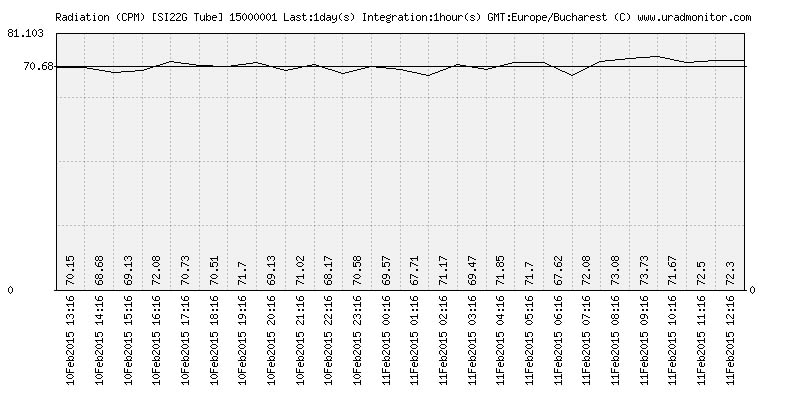
Background readings: 70CPM for a background radiation level of 0.12uSv/h
Datasheet:
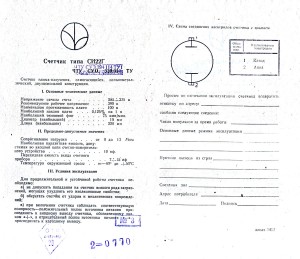
Working Voltage: 360 – 440V
Initial Voltage: 285 – 335V
Recommended Operating Voltage: 400V
Plateau Length: 100V
Plateau Slope: 0.125% / 1V
Inherent counter background (cps): 1.16 Pulses/s
Cobalt-60 Pulse Gamma Sensitivity: 540 pulse/mkR
Inter-electrode (internal) Capacitance: 10pF
Load Resistance: 9 – 13 MOhms
Working Temperature Range: -50 to +70С
Length: 220mm
Diameter: 19mm

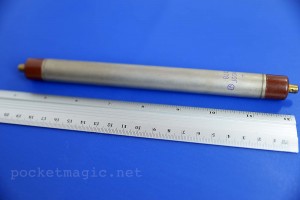
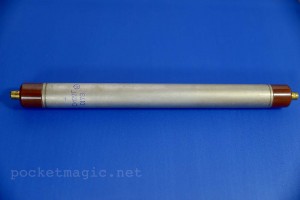
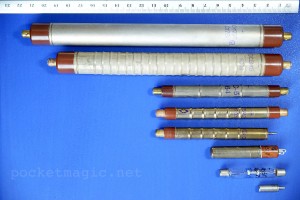
Hi Radu, long time no speak, nice to meet you again 🙂
Another document I found states a “Cesium Pulse Gamma Sensitivity: 228 +/- 23 pulse/mkR” as you can see here: http://i.imgur.com/DIVVP74.png
The 540pulse/mkR value for Co60 you mention seems to be based on the “vinogradov”(?) – sorry but my russian language skills are very weak!
Third source I got was this one: http://consensus-group.ru/radiation-counters/gamma-radiation/259-gamma-11c which may be old stock relabled Si22G, I don’t know.. Confusingly they mention a Co60 sensitivity of 205-251 count/s / μR/h (watch the difference in seconds/hours and realize the similarity with the 228 +/-23 in values above).
We have problems here figuring out which value may be the most trustworthy!
Maybe you are more used to read these russian databooks and maybe can tell if sometimes pulse/mkR is used in same cases as count/s / μR/h, which, being exact, are different units.
I’d be glad if you find the time for an answer!
Yours, katze